Imagine a kitchen bereft of spice. A life without that round masala dabba, a painters palette of aromatic colours and textures – provocative red chilies, ascetic yellow turmeric, black nigella, the sharp, lemony fragrance of coriander powder, delicate strands of saffron the deep amber of monks robes, releasing a whiff of luxury. And those energetic, undisciplined little brown mustard seeds – a tilt of a tiny spice spoon towards hot oil, and they sputter and spin like miniature firecrackers, turning nutty, crunchy and delicious in the seasoning. What a bleak place the kitchen would be without spices to flavour, colour and fragrance our lives. A pinch of powdered bark, a spoonful of seeds, a few dried blossoms and suddenly, we are working kitchen magic, transforming ordinary dishes into ones to dream about.
Spices seduce with sweetness – tightly rolled curls of cinnamon, sticky, black, heavenly scented vanilla, or fragrant strands of saffron. Or with fire, inflaming the senses with wrinkled black peppercorns, shiny red chilies with their parchment like skin and, innocuous mustard seeds, turned explosively pungent when ground into a paste. Then there are the fragrant ones; intense cardamom, the delicate, scented tracery of mace, containing the inner secret of nutmeg. Pursued and prized for centuries, spices still elude classification. There’s mild, thyme scented ajowain, a seed; spicy jeera and bitter methi, both fruits; flower bud cloves, one of the strongest flavours; sly allspice berries, masquerading as cloves, nutmeg, cinnamon or black pepper, tasting and smelling of them all, and the exquisite, eight-pointed fruit, star anise.
Handling spice is sheer artistry. Too much spells the death of a dish, as anyone who has bitten into mouthfuls of whole spice in a palav will vouch. Too little, and… nothing happens. A flame too high and the bitter, charred results are all too familiar. Even toasting on a hot tava needs a gentle heat. When spices yield their secrets to the right touch, a subtly scented and flavoured result appears before you and, suddenly, it becomes easy to understand why, for centuries, grown men risked their lives to sail unknown seas and fought vicious wars for the bits of bark, tiny fruit and seeds, which flavour our food and our lives.
The use of spice is as old as civilization. India’s spice trade with Rome stretched back to 2000 BCE and was mentioned in the same breath as silk from China – exotic, expensive and much sought after. It was the craze for spices that led to the discovery of half the world and, when Vasco da Gama set sail for India, it was in search for these tiny ingredients, the ultimate luxury goods, status symbols in the Western world, whose origins, shrouded in mystery, added greatly to their appeal. Huge fortunes were made in spices and no means were too foul, desperate, devious or violent to acquire control over the trade, which went from the Arabs to the Greeks and Romans, back to the Arabs and finally, to the Europeans.
Columbus may have headed off in entirely the wrong direction in his search for India, but he gave us, what is today, the most distinctive spice in our cuisine – chili. The New World offered other wonders like vanilla and, from the islands of the east came the finest cinnamon from Sri Lanka, nutmeg, mace and cloves from Malacca and the islands of the Indonesian archipelago.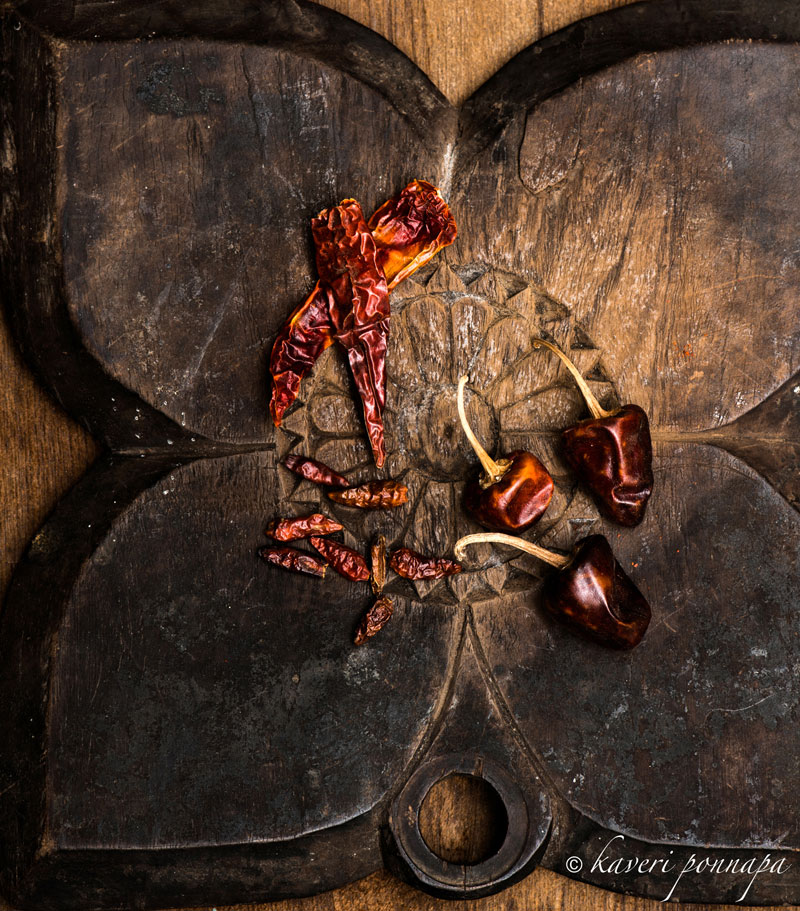
Spices were great travellers. Saffron, the most expensive spice in the world, the stigma of the purple crocus, journeyed from Persia to Kashmir, which now produces the most valuable variety. Coriander came from the western Mediterranean; ginger, pepper and turmeric were native to India. Some travelled serenely, while others have histories of theft and skullduggery.
The Dutch, who controlled the islands of the East, manipulated the trade by putting out false maps, hoping rivals would run aground in the uncertain, reef filled waters of Indonesia; they stockpiled and burnt spices in great, fragrant bonfires, to control the prices; saplings were smuggled to other parts of the world by spies and adventurers at great risk to life and, in a Europe crazed by the lure of spices, merchants, and navigators plotted and schemed to control the trade. The cargos they brought back were digestive, healing, stimulating or aphrodisiac.
On the lush west coast of India, Kerala was the hub of a thriving trade in pepper, cardamom, ginger and turmeric. Mattencheri in Cochin, the pivot of the traffic of spices between east and west, was full of Arab merchants, who spoke several languages and managed the trade, as they had done for centuries.
Masters of the use of spice in our cooking, and in ancient traditions of medicine like Ayurveda, we have had, since ages, varied and rich ways to stimulate our taste buds. It could be a few, well combined notes –warm, dark, cracked peppercorns, sharp little points of pungent jeera, a pinch of garlicky hing pounded to a fine golden powder in a brass mortar and pestle, tossed into hot ghee, and poured over a dal or khitchri as tarka; or it could be an elaborate symphony of spice, like Achari gosht – lamb in pickling spices. It begins with a cluster of lightly crushed spices – bay leaves, black cardamom, cinnamon, cloves, black jeera and peppercorns, sealed in with succulent lamb, gently releasing flavours. It ends with a dramatic flourish of whole, slit green chilies stuffed with mustard seeds, fenugreek nigella and jeera and a dash of limejuice. Scooped up in bits of roti, it is spicy, sharp, sophisticated and utterly decadent.
Relationships with spices develop over centuries, until a spoonful of dal, a bite of meat, instantly reveal origins. Spice mixtures shout regional identities as loudly as dress and custom; Bengali panch phoran on a tomato chutney; or Pune’s goda masala, a combination of warm spices like black peppercorns blended with desiccated coconut, on a sweet – sour dal. All those scores of secret family recipes for pickles are bound by a sort of unwritten spice code, depending on where they are made; they leave you quite wonderstruck, at how different the very same limes or mangoes can taste, depending on the handling of spice.
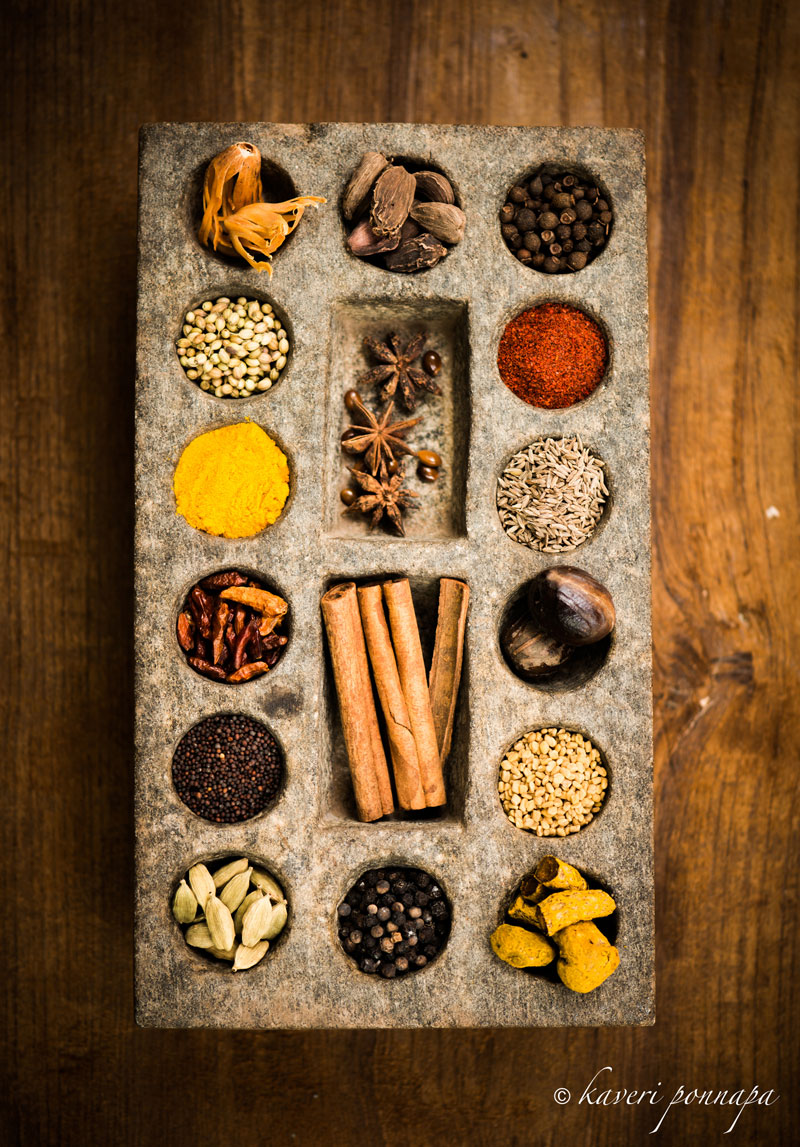
Garam masala combinations are an endless variation on a theme from around the country, as also compounded spices, unique to a region, worked to a paste on a granite grinding stone. Everyone –communities, families have their signature combinations, adding a distinctive taste to their food. The Kashmiris have their ver, a spice mixture of ground cloves, cardamom, chilies and a multitude of other spices, mixed with mustard oil, and shade-dried into thin, flat cakes. Bits are broken off and used in many dishes – with leafy greens, or rice cooked with meat and walnuts. Karivadagams, also a dried compound of spices are used by the Chettiars in their delectable cuisine and, like ver, prepared and stored for the year.
Two of my happiest spice discoveries were entirely serendipitous. East Indian Bottle Masala, a combination of over thirty roasted and ground spices, made its appearance in – what else – a bottle, neatly tied at the neck with a piece of pretty cloth. It made it’s way into my kitchen through an East Indian friend in Mumbai, a brilliant chef. This easy, fragrant spice mixture is so versatile, it goes with fish, dry fries of prawns, grills, curries, roast chicken and even potatoes. It is very simple to use, and the results so exquisite, I always feel it needs a fanfare of trumpets to announce its arrival on the table. But it enters modestly, encrusted on slices of fish, and creates waves, quite unassisted.
Coondapur, also on the West Coast, is the source of another stunning spice mixture, gifted to me by a top chef’s wife. Reminiscent of Bottle Masala in colour and texture, this is another bit of genius, used on chicken and fish. And sometimes you don’t have to look that far –Bangalore has it’s own, special spice mix, which goes by the quaint name of Bolst’s Curry Powder, harking back to its colonial beginnings. Superb with minced meat, in curries and just about everything, this is an offering from a family business that has been going for three generations.
The beauty of spice is limitless. A pinch of silky turmeric powder, and a dish comes alive with colour. A few strands of saffron or a couple of bay leaves, and everyday rice is suddenly a fragrant, enticing mass. Ajowain seeds and a sprinkling of chili powder kneaded into atta, make rotis which are so full of flavour they need no accompaniment. And naans without nigella? Kulfi without saffron or cardamom?
The versatility of spices is part of their appeal –they lend themselves to so many interpretations. Figs in syrup, with a dash of vodka and the bite of green peppercorns; chili chocolate; ginger preserve; moist, sweet paans wrapped around a magical combination of spiced ingredients, digestive, sweetening the breath. It’s just a question of opening that box of spices, inhaling, exploring those flavours, and letting your imagination soar.
Seduced by Spice was published in Food Lovers Magazine, Vol.4,Issue 2 April/May 2010.
Image Credits: Nithin Sagi

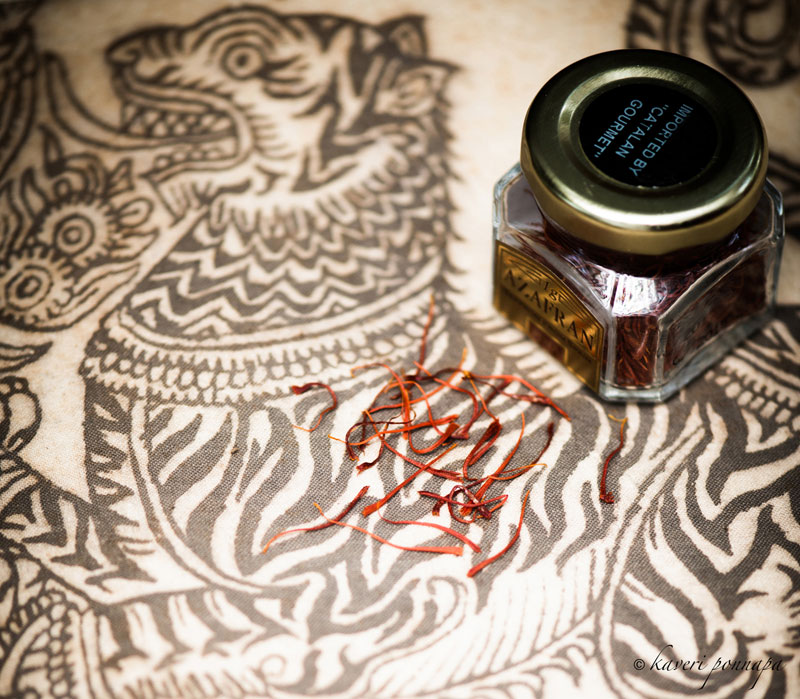
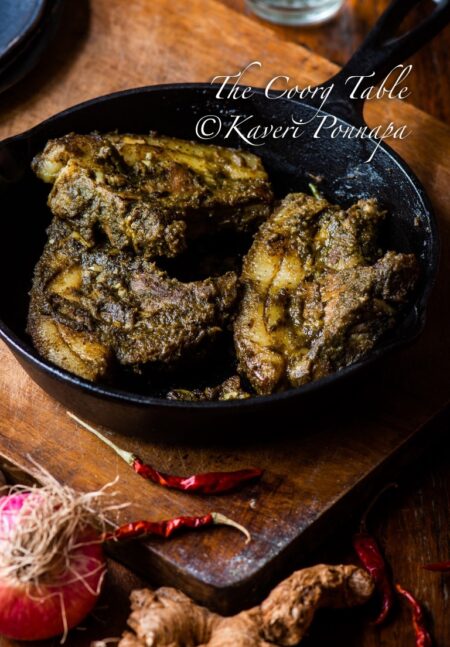
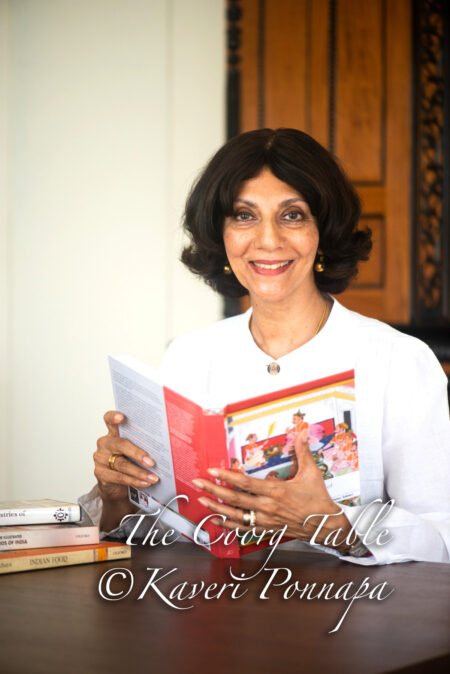
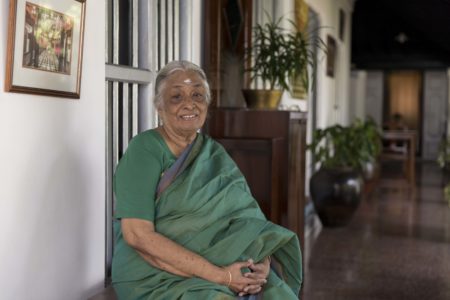
Hi Kaveri, You photos are so real that readers could just reach out and get a feel of the products displayed. Where you always into food photography or you moved between genres. What camera and lens do you use?
Regards
sam
Hi Sam,thank you very much for your feedback, I am delighted that you like the images. A great deal of thought,planning effort goes into trying to translate what I visualize for every article and post into pictures, so it’s great to hear that they have conveyed the perfect atmosphere. I work with a friend who takes the images- if you look at the end of each article/post, you will find the image credits. I do all food and image styling and Nithin Sagi takes the pictures unless otherwise stated. Do keep visiting these pages! Best.Kaveri
This article is truly marvelous….would like to share it on my blog….kindly allow permission….
Hello Seema, so glad you liked the article, I certainly loved writing it. Please do write to me : kaverikamb@gmail.com, with the link to your blog, and I’d be happy to figure out how to share it. Best wishes. Kaveri
Hello Vishwas, so glad you enjoyed reading Seduced by Spice – I loved writing it! Spices colour our lives and waken our senses in more ways than we can imagine. No wonder they were so highly valued at one time. Do keep visiting these pages. Best wishes. Kaveri.
This was an absolutely fantastic read, just a gentle reminder of the impact food has on emotions. Thank you.